
Staying on the Top with Fèlsina
Apr 06, 2020
by Davide Visentin, Fine Wine Specialist
The winery is located in the southeastern part of Chianti Classico in the commune of Castelnuovo Berardenga. Here in the warmest part of the province, Fèlsina produces one of the finest ranges of age-worthy and complex Sangiovese in all of Chianti Classico.
An exploration of Fèlsina’s estate reveals a true Tuscan heartbeat at its core. This is revealed in a profound respect for the Tuscan tradition of allowing the historic varietal Sangiovese Grosso (the best clone of Sangiovese) to thrive using only old massale selections propagated from only the best performing old vines. Fèlsina was one of the first Chianti producers to focus exclusively on 100% Sangiovese Grosso cuvées. Never once over the years did they fall to the temptation of blending Sangiovese with so-called “international varieties” like Merlot or Cabernet Sauvignon. As a result, Fèlsina has remained steadfast by consistently producing a style of wines that are elegant and yet intense, something only a handful of Chianti Classico producers are able to achieve.
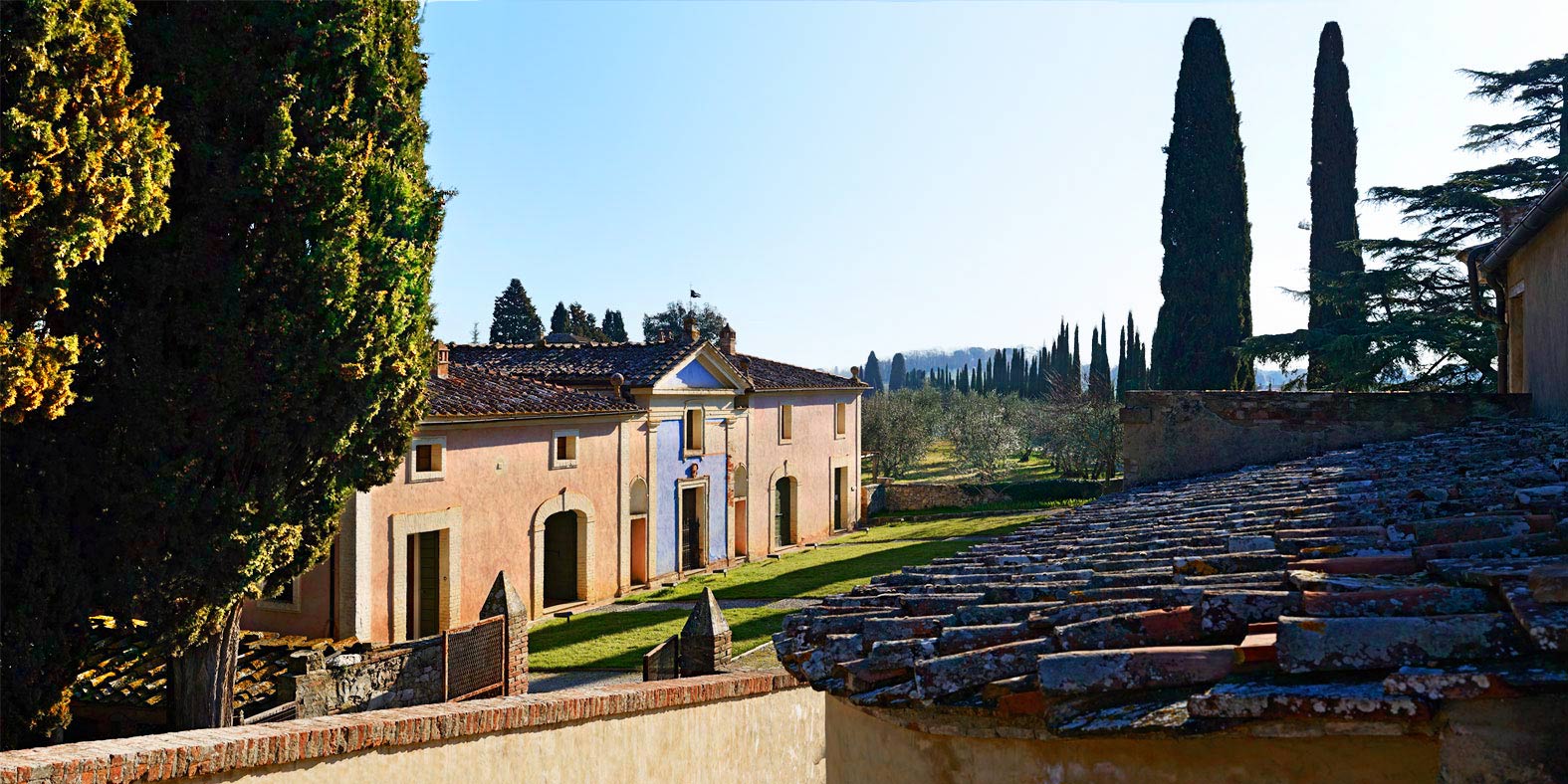
Fèlsina’s vineyards are farmed organically, a practice the winery links to the above-average (in fact, remarkably so) productive lifespan of its typical vines. Many normale Chianti Classico grapes hail from vineyards with an average age of 30 years. The Chianti Classico Riserva and the Chianti Classico Riserva Cru Rancia are made from vines older than 50 years of age.
Special mention goes to the estate’s top Vino da Tavola’s (or better said IGT) Fontalloro. Fontalloro, also 100% Sangiovese Grosso, is made with grapes from three top vineyards that overlap between two of Chianti’s top regions: Classico and Colli Senesi. Fontalloro marries elements from both sides of the thin border drawn between the two terroirs.
Fèlsina’s signature style of winemaking is deep, black fruit with spicy, smoky, almost sweet leathery components. The Sangiovese Grosso exhibits a bittersweet note that marries intimately with the stony, minerally Alberese soil notes that reflect where the vines are grown. Tannins are always very well integrated, especially in their youth, rendering the wines always approachable upon release.
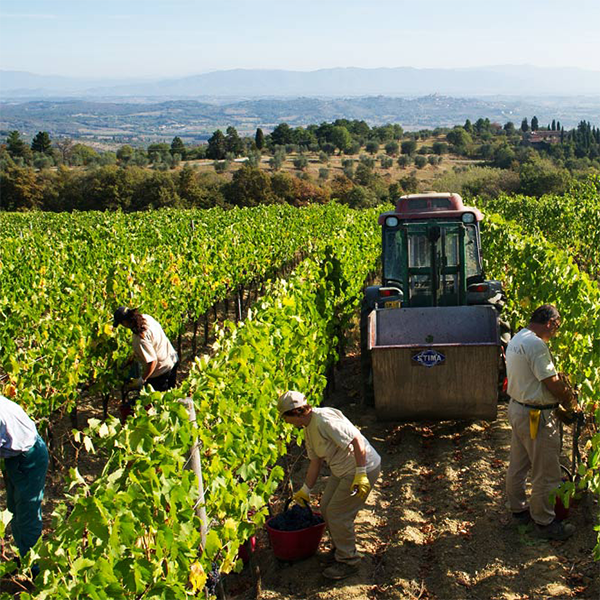
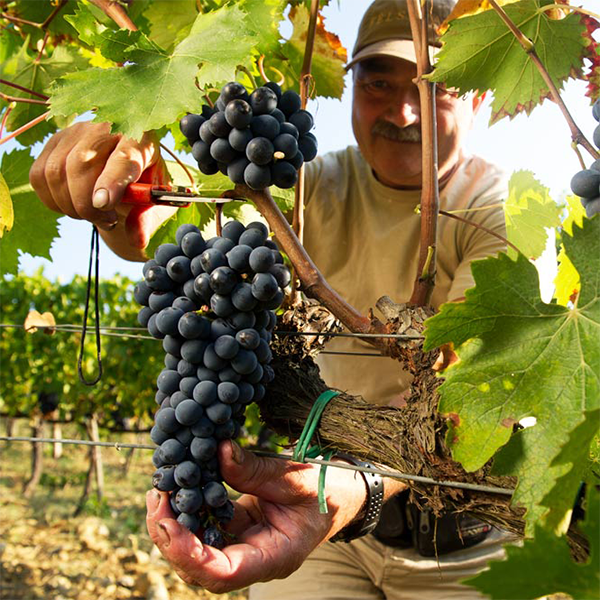
Some of you must have noticed in the last year or so a new addition to Fèlsina’s Chianti Classico portfolio: Pagliarese Chianti Classico. Pagliarese is a historic Chianti Classico estate, also located in warmer Castelnuovo Berardenga, where it lies within walking distance of Fèlsina. The Poggiali family, owners of Fèlsina, purchased Pagliarese in the mid-’90s to source grapes for Fèlsina’s Chianti Classico production. Starting with the 2015 vintage, the Poggialis decided to bottle the Pagliarese grapes separately under the estate’s own name.
Although both wineries share the same preference for not blending Sangiovese with international varieties, they differ a bit in their winemaking style. The soils at Pagliarese are sandier and show the presence of tufo (a type of volcanic soil). Pagliarese Chianti wines carry a firm grip and boast an essential primary fruit character.
When the Poggialis decided to renew the Pagliarese label, they agreed to stay true to the Pagliarese’s traditional recipe for their Chianti wines: 90% Sangiovese Grosso and the other 10% equally divided between two indigenous Tuscan grape varieties, Canaiolo and Mammolo. Canaiolo softens Sangiovese’s bite while Mammolo adds floral and spicy notes. The result is a fresher and less earthy Chianti Classico than at Fèlsina.
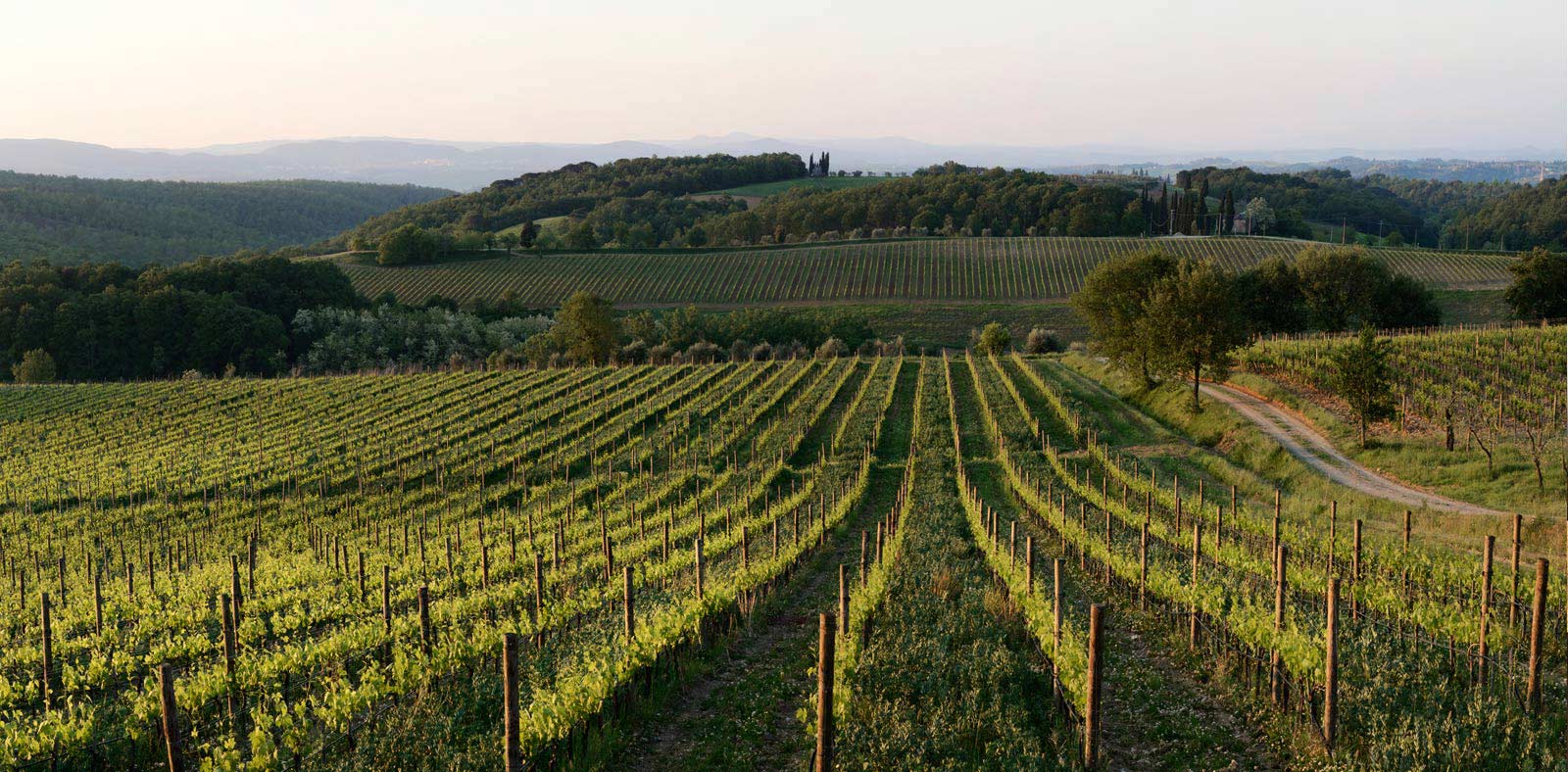
Fèlsina 2017
Fontalloro, Chianti Classico Rancia, and Chianti Classico Riserva
The secret to making great wine in any vintage is selection, and the key to that kind of decision making is experience. This is true for every vintage but even more so for the challenging ones.
2017 was a challenging vintage. It had it all—drought, frosts and summer temperatures so high, the locals still refer to that August as, “Lucifer days.” Then came the harvest and numbers not just down an average of 25% from the previous year but the lowest in Tuscany in 60 years. Curiously, but with a tip of the hat to the times we live in, the difference came from human selection more than weather driven crop loss.
Every way you look at it, a key message resonates—experience makes the difference. Ironically, this is truer than ever in an era when all the tools and assets are in place to guide one along. We see few poor wines anymore. In fact, it’s the opposite, almost every wine on the market has merit. While that’s so, it’s also true that never have the very best wines been further ahead of the pack. It’s equally true that there’s no better example of that than Fèlsina and no further proof than Fèlsina’s three crown jewels: Rancia, Fontalloro and Riserva, especially in the troublesome 2017 vintage. The difference maker, once again, is experience.
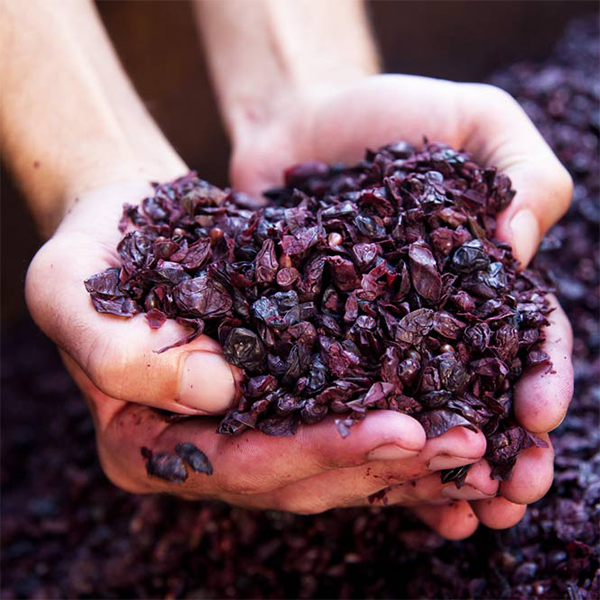
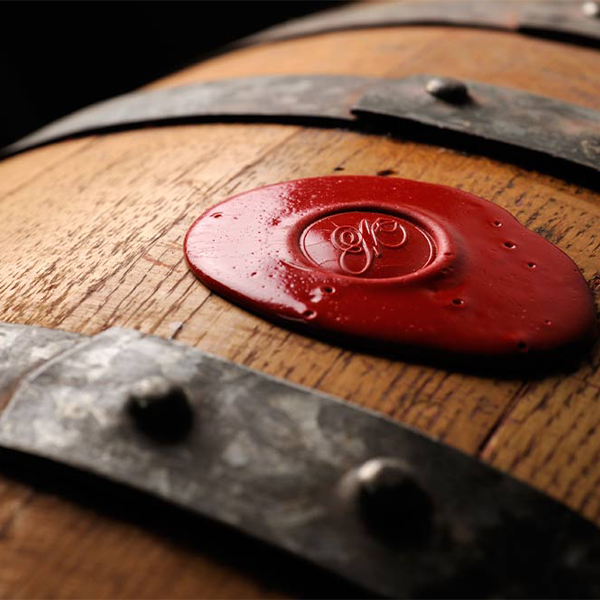
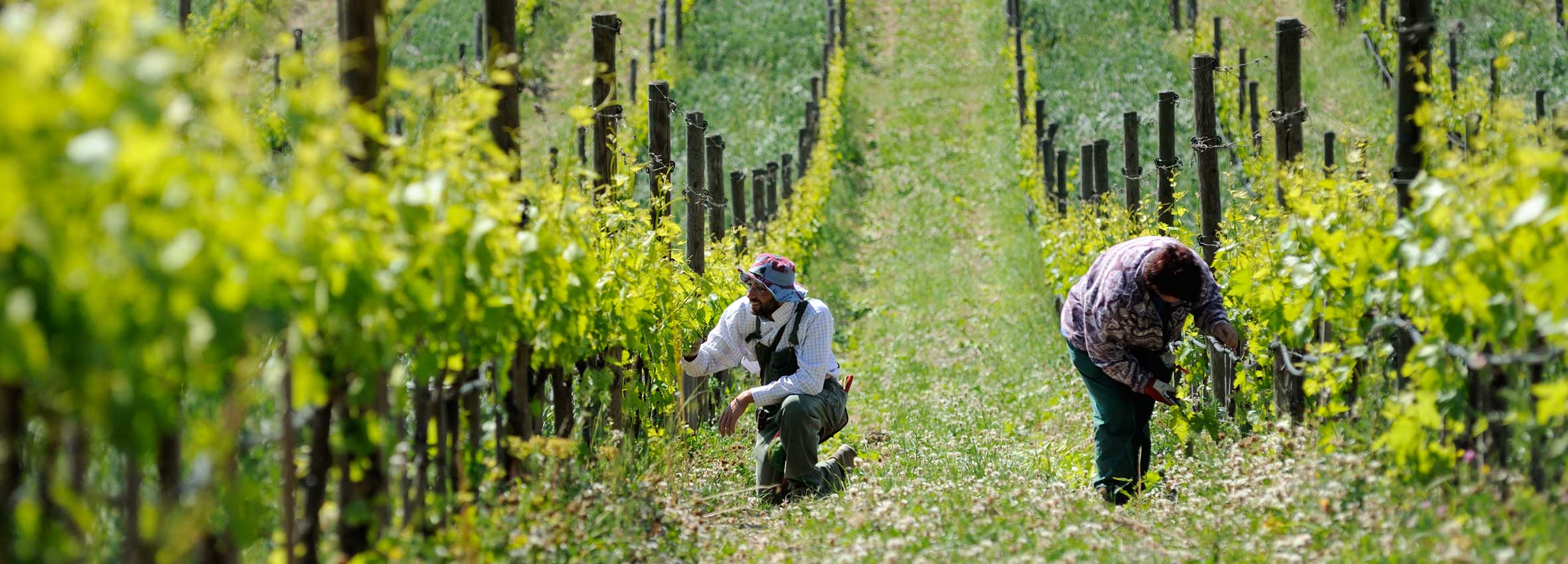
Celebrating its 50th anniversary release, Fèlsina 2017 Chianti Classico Riserva is a perfect example of Fèlsina’s separating point on the quality spectrum. As always, it’s a grape (not vineyard, lot, barrel or cuvée) selection from Fèlsina’s 50-year-old sites on ventilated slopes in Berardenga, especially those with pronounced Albarese terroir. From year to year perhaps no other Fèlsina wine captures as well the house’s true signature style of swirling wild berry fruits, spices and blossoms in a textured frame that keeps every note in place. Expressive and nuanced from its exotic aromas to its showcase finish, the 2017 Fèlsina Riserva is a jewel. The reviews are coming, but because the wine is limited the pre-sell opportunity is now.
Sixteen years after Fèlsina released its first Chianti Classico Riserva, a second was launched. From its birth, single vineyard Fèlsina Chianti Classico Rancia has been a star. After 34 vintages, it’s a supernova. A lot of this is due to carefully curated old vine character, but notably, a growing part of the Rancia quality factor is due to decades of massal selection reproduction or only grafting new vines from the healthiest older ones. The idea is to maximize the wine’s expression of Rancia vineyard’s unique blend of both Albarese (compact fossilized limestone in clay; hard stuff) and Galestro (schist and clay; softer stuff) terroirs. Up to 18 months in French oak barrels lends seasoning to Rancia’s racy, wild purple berry fruit character. Characteristically full on the palate, the 2017 Rancia has all the delicacy and vigor of Rancia’s best vintages rendered in a deliberately more approachable manner. Again, significantly lower quantities compel early decisions.
Fèlsina Fontalloro, the house’s third cru level wine is unique in many respects. Like Fèlsina’s estate boundaries, Fontalloro’s three sites traverse the appellation boundaries separating Chianti Classico and Chianti Colli Senesi, therefore forever consigned to be neither. Fontalloro may miss out on an appellation identity tag, but it doesn’t miss out on capturing the distinctly different soils on opposing sides of the fence. Both Senesi’s alluvial marine deposits and Classico’s calcareous elements are on full display in Fèlsina’s superb 2017 Fontalloro, a vintage that stands out for its huge flavor profile and uncharacteristic precociousness. It’s a randy kind of wine that folks will love drinking but there’s even less of it than either of its stablemates so — get yours now!

“This shows beautiful transparency and represents a beautiful, neoclassical impression of Sangiovese. Bright orange peel, citrus, fresh red cherries and dried herbs. A rather Burgundian palate follows, that’s more about tangy acidity and fine-grained tannins than sheer power and muscularity.” – 93pts James Suckling

Ruby red appearance with rich, intense tones. Spicy nose with floral notes and hints of wild berry (red and black), accompanied by mineral impressions and light toasted notes. Spice reappears on the palate, which displays firm but supple tannins, and the finale is vigorous and taut.

“A powerful and dense 100% Sangiovese with full body, chewy tannins and a flavorful finish. A little extracted but it shows potential.” – 93pts James Suckling
